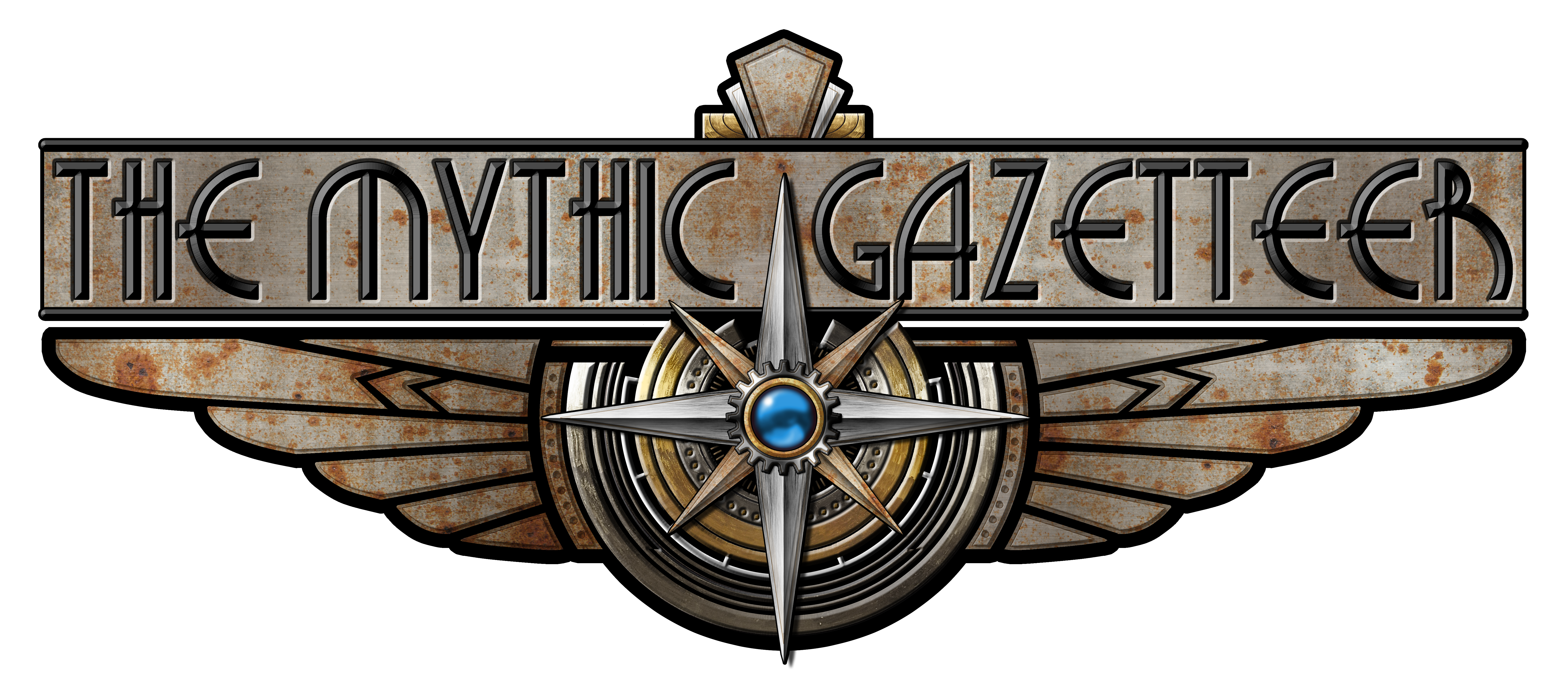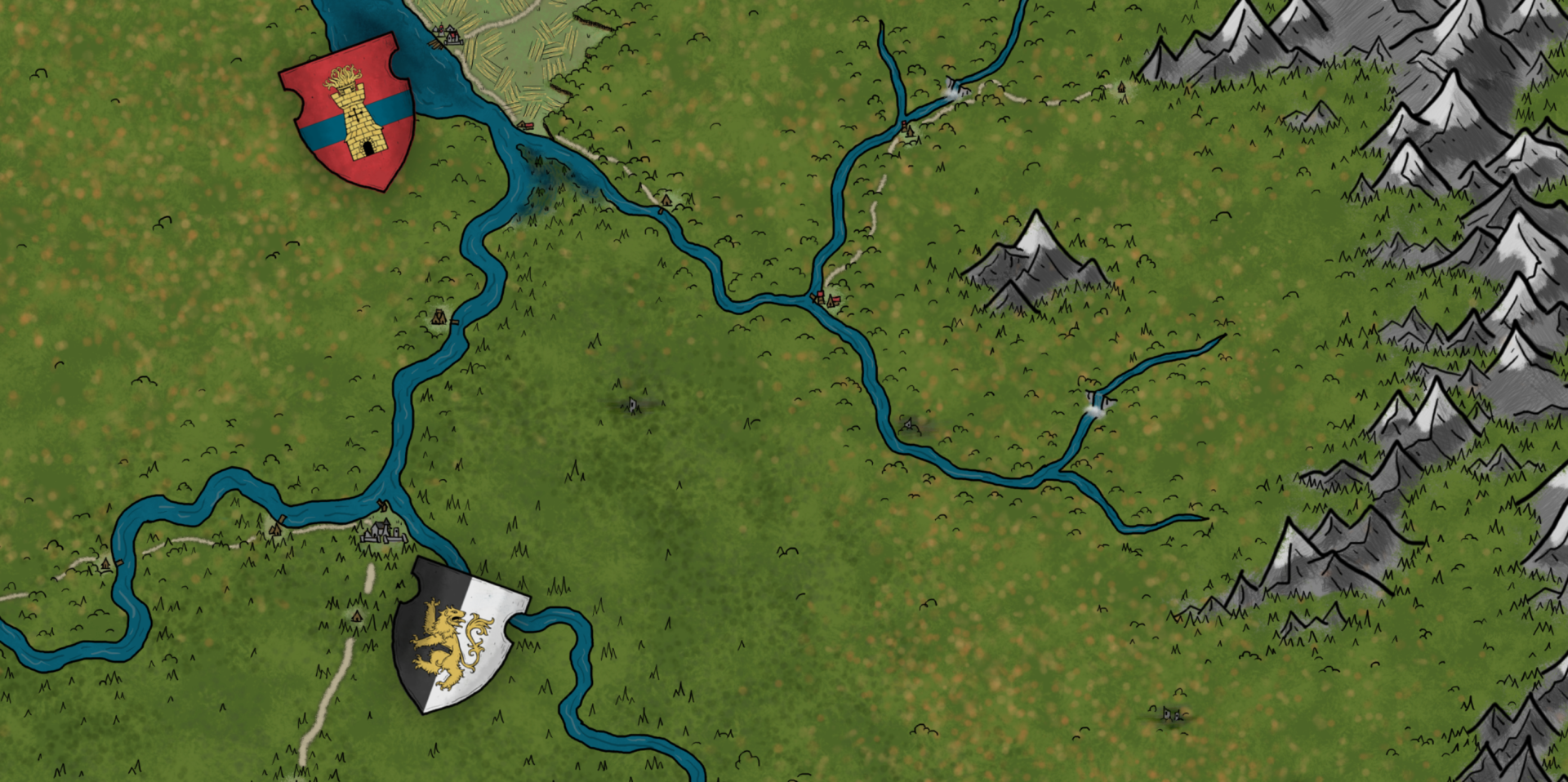I’m about to wrap up the first season of a Blades in the Dark Actual Play campaign with my friends. We’ve had a great game playing as illegal canal skiff racers trying to win better wages, hours, and conditions for the Dockers. You can check out our game here:
Blades in the Dark: Ring Down Below
I spent some time percolating these thoughts last night and this morning, then lo and behold, Rob Donaghue posted this thought-provoking thread on Twitter:
When an RPG lets characters start as exceptionally competent, it feels like it "breaks" advancement because we have an expectation that advancement means getting better at the signature activity. Which is a pretty narrow perspective.
— Rob Donoghue (@rdonoghue) October 17, 2018
So I developed some questions, took them to my players, and we arrived at three ways Blades in the Dark models the tension between competence and consequence:
1. Short-Term: Scoundrels are presented with Complications as a result of certain rolls.
2. Mid-Term: Scoundrels accumulate Harm as a result of certain Consequences.
3. Long-Term: Scoundrels accumulate Trauma (and eventually burn out) as a natural course of play.
I think the short-term competence is best demonstrated by scenes like this from 2013’s Tomb Raider game:
Lara is presented with a series of challenges and overcomes them to the best of her ability. I see tons of successful actions, Complications, Harm (and Resistance), and reduced Effects mixed in there, but the point is that all of the consequences make the scene more thrilling. In other words, Blades models this kind of short-term competence really, really well.
Ultimately, I feel hyper-competence vibes start to wane when we interact with mid-term and long-term consequences. If you take level 3 harm, you have to fill three 4-segment clocks to recover completely. That’s going to take multiple Free Play/Score/Downtime cycles, and if you’re carrying Harm around that whole time then you’re also carrying around a few mechanical bummers. By contrast, Trauma accumulates slowly but it’s permanent: there will come a time when you fill that last Trauma and there’s nothing you can do but set that character aside. You can Resist consequences of course, but every time you do you creep a little closer to permanent retirement.
Those vibes might work perfectly for the kind of story Blades in the Dark wants to tell. “Playing a character like you’re driving a stolen car” is deeply exciting to me personally and I think generally it meshes well with the concept of daring criminals in a haunted and cutthroat industrial-fantasy city. We can see similar evidence in how roll outcomes discourage Controlled actions but that’s a topic for another time.
Mixing it Up
I’m thinking about a few Forged in the Dark hacks at the moment, so I’m interested in how these models can be tweaked for different experiences. Let’s look back at Tomb Raider: how does it handle mid- and long-term consequences? Well, I’d say it doesn’t handle them.
The equivalent of Harm in Tomb Raider is familiar to most video gamers: if you get hit, the screen turns a little red; if you get hit a lot, the screen turns really red; if you avoid hits long enough, the redness recedes and you’re back to 100%. Whereas Blades in the Dark might require someone to play 3-4 sessions before recovering from a bullet wound, Tomb Raider lets you do it in literal seconds. What a different level of competency and consequence! It fits the pulp adventure vibes of the franchise, and you can see how the same model applied to Blades in the Dark would create a vastly different gameplay experience.
Likewise, there’s no functional equivalent of Trauma in Tomb Raider. The narrative explores the psychology of a woman who’s pushed to the limit for the sake of keeping her loved ones safe but even at her lowest, Lara is still able to traverse the environment, sneak around, and go toe-to-toe with the bad guys. She doesn’t burn out. (At least, she doesn’t in the first game… you could think of each game in the series as a single score with Downtime in between, which would mean maybe she just hasn’t accumulated enough Stress to Trauma out yet, but I digress.) Your gameplay choices are unaffected no matter how much small-t trauma Lara suffers.
I don’t really have any conclusions about these thoughts, but they’ve solidified enough that I wanted to write them down and the blog’s been getting dusty. So here they are, for the whole world to see!


2 thoughts on “Competence and Consequence: Three Models in Blades in the Dark”
Blades in the Dark definitely has that feel of “live fast, die young” going for it…that feel of almost inevitable failure. Take away the Trauma, or have it be ‘curable’, and you have a totally different feeling game. No longer the inevitable hanging over your head, but rather this feel of being a ‘hero’ where no matter what happens to you, no matter what kind of harm or injury you endure, you will recover and live to face another day, another problem. The way Harm is, with its slow recovery, gives the feel of mortality. Makes you want to slow down, take it easy for a bit to recover after a trying ordeal. It gives tension to the action done on the short term scale, making those choices matter more.
Yes indeed, Karen! Peaky Blinders is one of the inspirations that fueled Blades in the Dark, and the system does a great job of capturing that feeling of being just one step ahead of ruin. No matter what, your scoundrels are going to get battered on the way to their goals, and every little mistake will eventually catch up with them. It’s a neat combo with the slower, riskier mechanic for Harm that you describe.
Comments are closed.